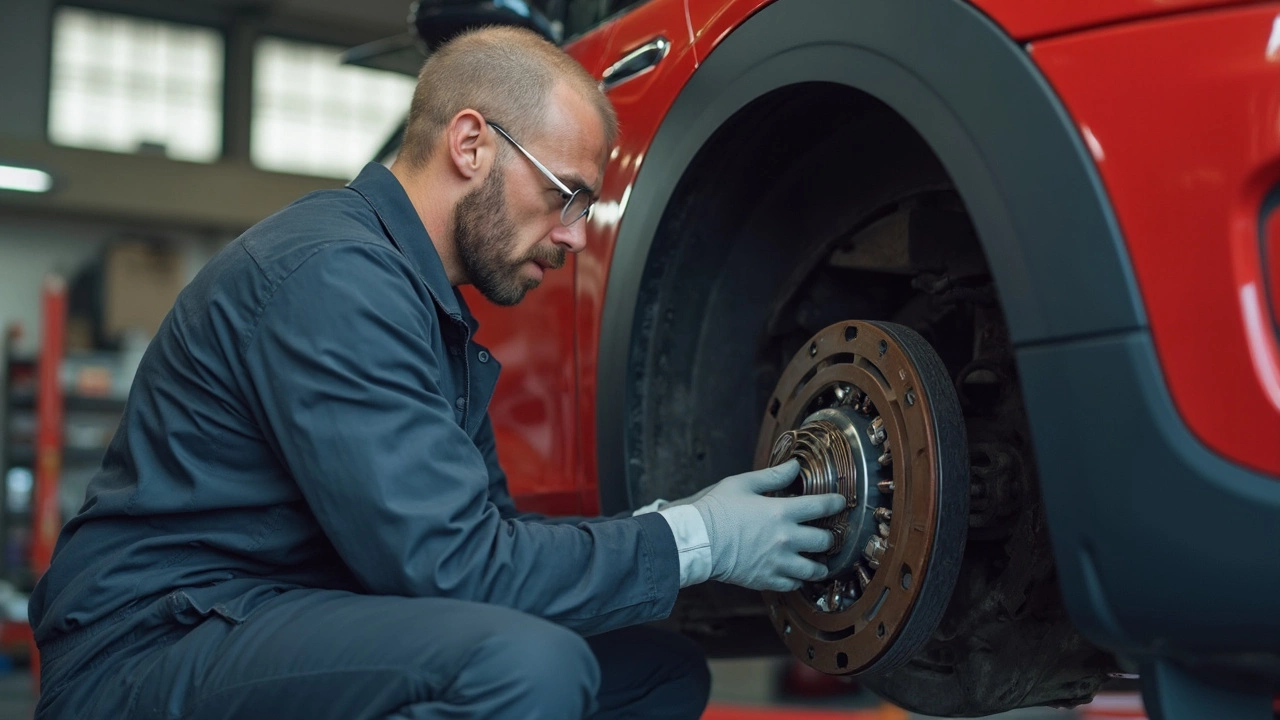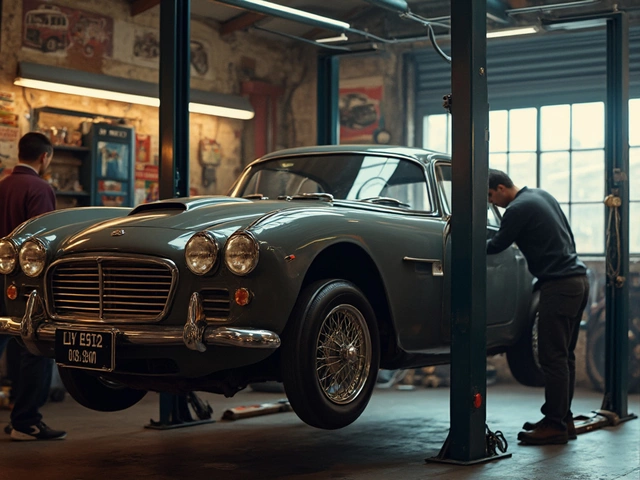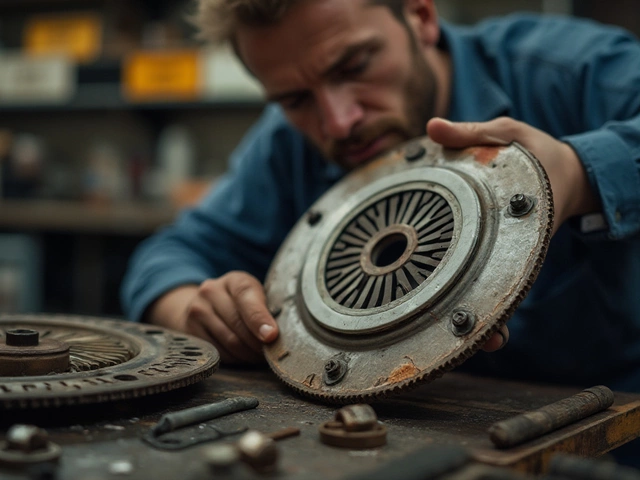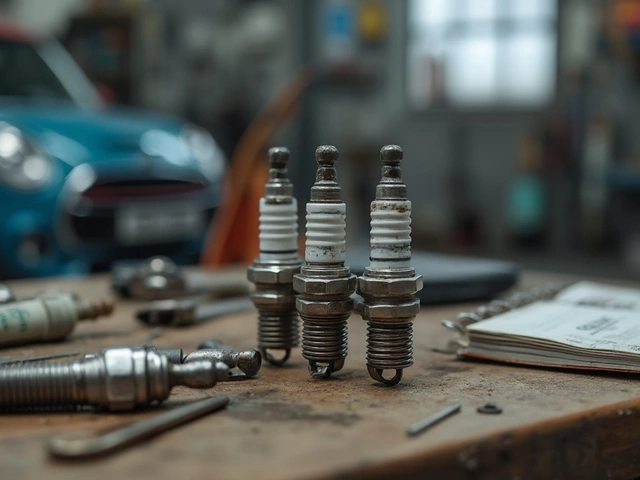New clutch slipping? Quick ways to know what’s wrong and how to fix it
If your car feels like it’s revving but not moving, the clutch might be slipping. It’s a common headache for manual drivers, but you don’t have to guess what’s happening. Below you’ll find the tell‑tale signs, everyday fixes, and the point where a professional should take over.
What does a slipping clutch actually feel like?
First, notice the engine noise. When you press the accelerator, the rev count climbs, but the car doesn’t gain speed as it should. You might also feel a fuzzy or spongy pedal that doesn’t grab the engine firmly. In stop‑and‑go traffic, the car may stall when you try to move off, or you could hear a high‑pitched squeal during gear changes.
These symptoms tell you the friction material in the clutch disc is no longer gripping the flywheel properly. It’s often called “new clutch slipping” because it can appear right after a fresh install, but it also shows up on old clutches that are worn out.
Common reasons your clutch might slip
1. **Worn or glazed clutch disc** – Frequent city driving, riding the clutch, or aggressive launches can wear the friction surface quickly. A glazed disc loses bite.
2. **Oil contamination** – Leaking rear main seals or a cracked transmission case can let oil soak the disc, turning it slick.
3. **Weak pressure plate springs** – Over time the springs lose their force, so the disc never presses hard enough against the flywheel.
4. **Incorrect clutch adjustment** – If the pedal free play is off, the clutch may never fully engage.
5. **Broken clutch release bearing** – A worn bearing can slip the clutch in and out, especially under load.
Knowing the cause helps you decide whether a quick DIY check will do or if you need a garage.
DIY checks you can try right now
Start with the simplest: make sure the clutch pedal has a little free play (about 1‑2 cm). If it feels loose or sticks, the linkage might be out of adjustment. Next, pop the hood and look for oil stains around the bell housing – any slick spots could mean a leak.
If you’re comfortable removing the transmission, inspect the clutch disc for discoloration or glazing. A shiny, almost glass‑like surface is a red flag. Even a quick visual can save you from a costly surprise later.
When to call Northwich Tyres Centre
If the pedal feels fine but the slip continues, or if you spotted oil or a broken bearing, it’s time for a pro. Our team can test the clutch on a lift, measure the friction coefficient, and replace the disc, pressure plate, or release bearing as needed.
We also run a free clutch slip diagnosis: we’ll spin the engine, watch the RPMs, and tell you exactly what’s worn. Pricing is transparent, and we’ll walk you through the repair steps so you know why each part matters.
In most cases, a new clutch kit (disc, pressure plate, release bearing) costs between £300‑£500 including labour. If the flywheel is warped, it adds a bit more, but catching the issue early stops further damage to the gearbox.
Prevent future slips by avoiding “riding the clutch,” using proper gear changes, and checking for leaks regularly. A quick visual check every few months can spot oil before it kills the friction material.
Bottom line: a slipping clutch isn’t something to ignore. Spot the symptoms, do a few basic checks, and if the problem sticks, bring the car to Northwich Tyres Centre. We’ll get you back on the road with a clutch that bites, not slides.
 4 April 2025
4 April 2025
Can a Brand New Clutch Slip? Unraveling the Mystery
Is your new clutch giving you trouble by slipping unexpectedly? Learn about the common causes and fixes for a slipping clutch, even when it's just out of the box. Discover practical tips on installation, maintenance, and choosing the right clutch kit for your vehicle to ensure smooth performance.






0